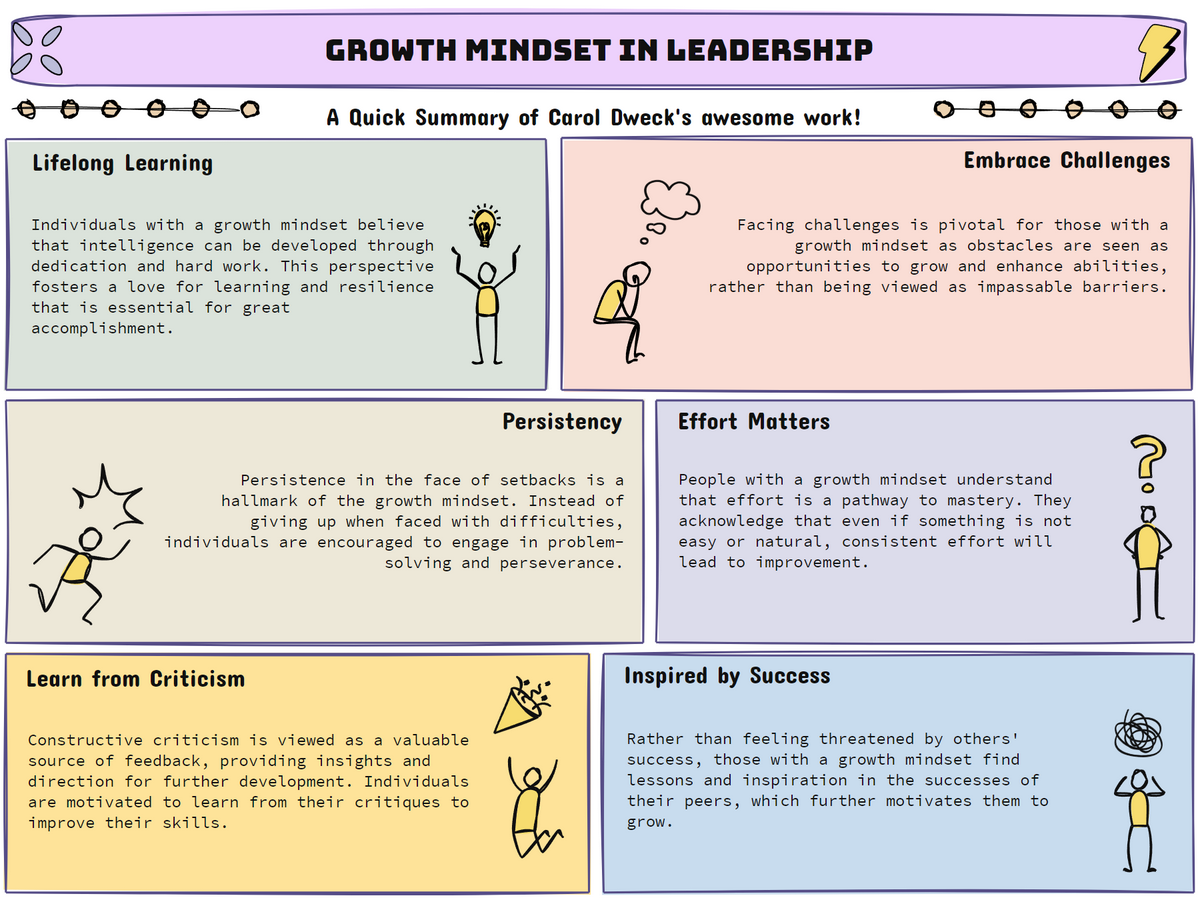Mental Fitness: The Keystone of Leadership Presence
“You have power over your mind – not outside events. Realize this, and you will find strength.”
Mental fitness isn’t about removing stress; it’s about operating efficiently in the most challenging circumstances.
In executive coaching, once you start working with the person behind the title, the simple truth is all leaders and executives tussle with their own challenges, cash flow issues, challenging teenage kids, middle age spread, painting, keeping their mum happy, self doubt.
They still lead effectively because of their practices.
Self-Awareness: The Heart of Authentic Leadership
Between us and the world is a lens that influences everything we see. Some days it’s hard held “truths”, other days some days the lens distorts for a short time only. Let’s role-play
You have a meeting in an hour. Not enough sleep, too many coffees.
Option A: Unsettled, you hold internal dialogue arguments. You’ve been distracted by your phone, the zoom call starts and your demeanour reflects your lack of sleep and too much caffeine .
Option B: You activate your practice. Two minutes of stretching. Two minutes of box breathing. You write affirmations and reminders to yourself next to the agenda, reading a few out loud.
The first thing you say? “Apologies in advance, I’m a bit under slept, please forgive me if I’m not super sharp”.
Which meeting went better?
Analog Hardware running an AI Operating system
Self-awareness includes recognizing our 40,000-year-old physiology—an analog body navigating a digital reality, exploited by savvy marketers and psychologists.
Social expectations often clash with our genetics and instincts, tempting us and eroding our ambition. Yet, we can overcome this by implementing processes to reduce distractions and enhance output allows us to remain focused under stress, letting our cognitive processes override our basic instincts.
Leadership presence with empathy
Thirty years ago, I would've been an ineffective leader. My career success is largely due to developing emotional intelligence and leading with empathy—a newer trend for men.
Recognizing everyone, whether colleague or competitor, is human, facing similar challenges and striving to do their best, is key. Great leaders spontaneously yet strategically address others' needs, enhancing outcomes without ego playing a role.
It's about results, not self-importance.
Down a rabbit hole…. Growth mindset in martial arts
I competed as a martial artist at the elite level in Australia for eight years. I had injuries, needed surgery, rehabilitated, missed entire fighting seasons multiple times. Wife, mother and grandmother all of the same opinion that “maybe it’s time for something else Mark….”
Tournament fighting is “a fast moving game of chess. Where you get hit if you don’t know what to do with your rook. But I loved it, the intensity was insane. I kept practising and I kept improving. I wanted this
I learnt more from being hit than winning fights; there was nothing like a blood nose or a fractured orbital socket to force a re-evaluation of tactics.
Often the different parts of my life would intersect, where my CIO role meant suiting up to launch a new digital strategy on a Monday after a CAT scan and discharge from hospital looking like this…
I fought at five National titles. I got three bronze medals because I wasn’t good enough to make the final, eventually a silver medal because I didn’t know how to win a final. I looked at what other people were doing that I wasn’t, re-evaluated my plans, went
In the eighth year, I won the National title not because I was the best, but because when I arrived at the tournament, I knew I had done everything possible to feel relaxed enough to accept that I had done my piece, I now need to win some moments and I had a plan on how I would fight fighters who were all significantly taller and heavier.
“Everybody has a plan until they get punched in the mouth.”
as well as
“no plan survives contact with the enemy”
I still got hit, but each time I didn’t lose my bundle.
The year that I won the National title, and state title, and represented Australia for the first time was the best year of my career.
The pressure of those collective moments meant I was less reactive when under workplace pressure. Copping real-life punches made it easier to dodge them in the boardroom.
Modern day leadership means Building a mentally fit team
we’ve asked the question, what makes for a good leader?
… Just as importantly, who and when? It’s not just the boss, the captain or the parent or the person who owns the title. It is whoever at that moment in time steps up and provides direction, belief and control in the moment to take charge.
During the pandemic, we ran daily stand-up meetings during a 3000 person day cloud migration digital project.
But they were all based in India and did a lot of their work when I was in bed. They couldn’t wait for me to help them with every small decision overnight, but during their work day would need to take leadership, risks, make decisions and support one another.
So we invested in helping them build their own mental fitness; from exercise and meditation through to a hard winters training of management. So we implemented this into a meeting practice and for the next seven months, everyone took a turn at being the boss for the day.
It didn’t matter if the agenda was tricky or the topics to be discussed really tough. I could always fix it later, help them undo their mistakes, I placed my trust and focus serving them to be the best they could be
The more they self managed, the more I could elevate my own performance and find new directions to keep them engaged.





